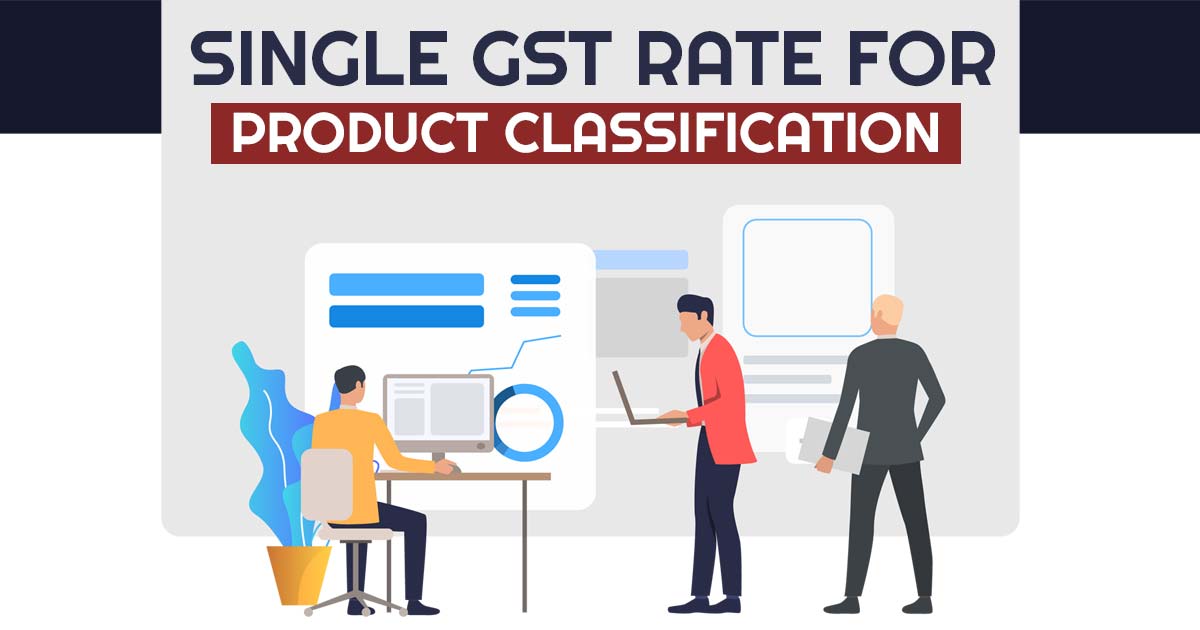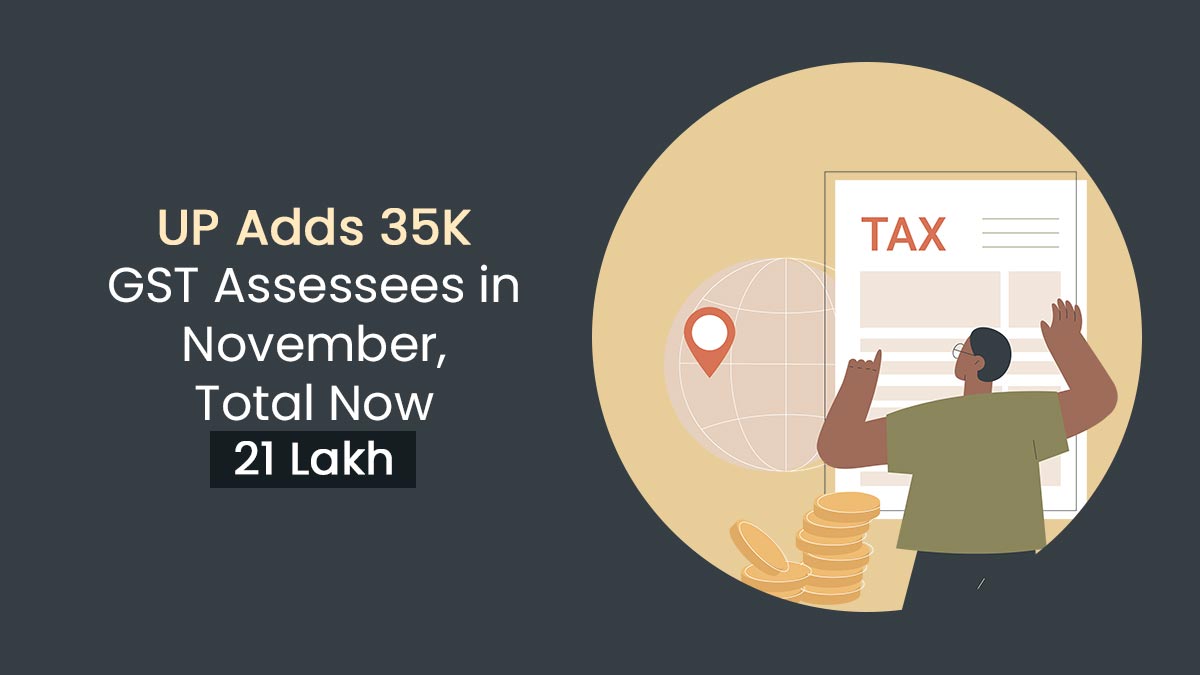
The Appellate Authority for Advance Ruling (AAAR) has recently maintained the order of the Gujarat Authority of Advance Ruling (Gujarat AAR) that flavoured milk shall not be treated as milk, but as a drink/beverage, even though milk is a major component in making flavoured milk.
GST AAAR’s Ruling Related to Flavoured Milk
The decision came after Validal (ice cream major) challenged the AAR’s decision to levy GST on the company’s flavoured milk after categorizing it under the beverage category. It is interesting to know here that milk is exempt from tax but flavoured milk is considered a beverage that will attract 12 per cent GST. However, yoghurt and flavoured lassi, which are also milk products, will not attract any tax.
The issue of flavoured milk has restarted the debate about the classification of products and has renewed the demand for a single-rate GST. The subtle differences in the classifications decided by the AAAR or AAR, which may affect the GST rates of products, have often made businesses stand against the government, and also confused lawyers, chartered accountants and department officials.
Such confusion in classification-related legal disputes is not new here. Products get categorized as per various aspects like common parlance, technical specifications, end-use, components of the products, etc. Companies even in the past have often reached tribunals, seeking to classify the product under a particular category.
UP GST AAR Ruling Related to Dabur Odomos
One such case is when the company that is behind Dabur Odomos, which is known as a mosquito repellent for years, decided to question its classification as a mosquito repellent (18% GST) and wanted it classified as a medicament (12% GST). In this case, the Uttar Pradesh AAR had rejected the proposal saying that since the special smell of the ointment helps in repelling mosquitoes, it will be called repellent and not a medicine.
There was another case where a Noida-based company ruled on “bread paneer”, arguing that it should attract 12 per cent GST as it is a cheese item. In this case, the UP AAR said that since the item is converted into a snack, the ingredients of which are paneer, flour and potatoes, it will be classified as a snack – attracting 18 per cent GST.
It has been observed that there are around 12,000 cases pending before the Supreme Court which are related to classification issues concerning the erstwhile Central Excise, Service Tax and VAT regime. And the same can be creating problems under the GST regime which were touted as the one-nation, one-tax regime.
Not Possible Single GST Rate on Mercedes and slippers
It is necessary to mention here that the government was on the receiving side all the time with the category issues and people from the beginning of the GST tax regime. People in the past and present are in favour of keeping a single-rate tax. However, the government has their own points which sometimes seem justified (in the case of Mercedes and slippers) and sometimes full of confusion (in the case of Gold and chappals).
Read Also: Are Essential Items Cheaper or Costlier? Revision GST Rate List Here
After a comparison of EU countries, it is clear that imposing a single rate of 18% (as suggested by many) or even higher at 20-25% is not a bad idea unless it takes away all the acquired benefits and does not hamper governmental functioning.
The government may or may not consider it but the GST system should be the problem solver and not the confusing tax system. It should not have the same problems from the past which are directly or indirectly affecting the taxpayers.









